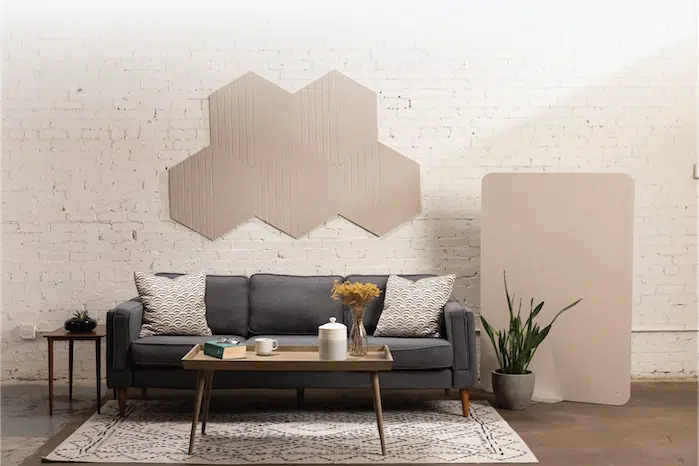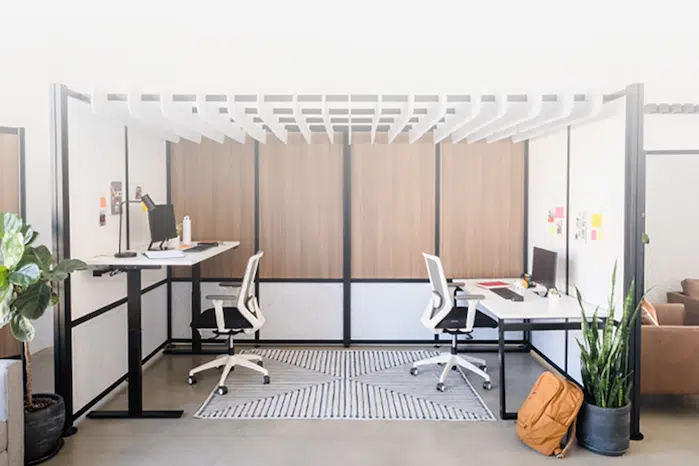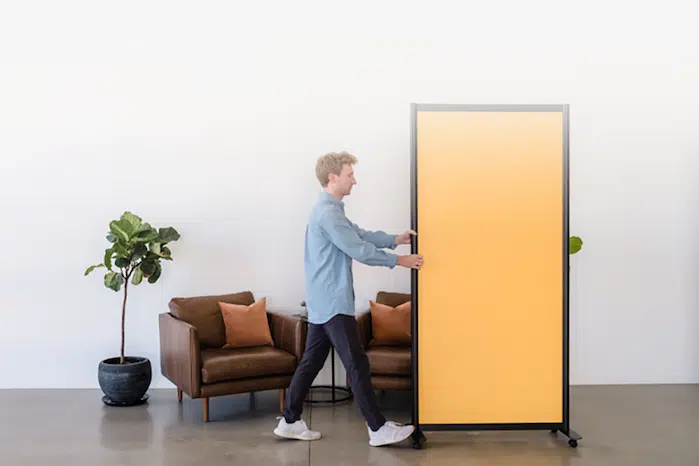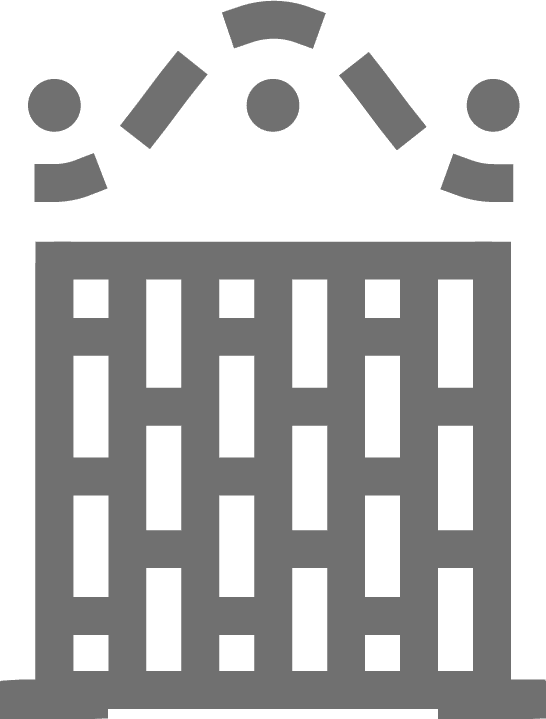67% believe colleagues can encourage/help them do their jobs better (Social Media Today)
Designing for collaboration is a weird but vital science. As we move into a world where Generation Z is colliding with the Millennials expectations are changing. Innovative companies are adjusting to the needs of the incoming generation. These companies are shifting toward the concept of “team space,” a new way of working that is designed to help teams do their best work, according to a recent article by Forbes.
While most organizations acknowledge that collaboration is a key to success, few of them have developed the spaces needed to encourage effective collaboration. In a study by Knoll Research Group, 32 organizations rated the most valued collaborative activities while also rating how well those activities were supported in their workspace (on a scale from 1-5, with 5 being “very important”).
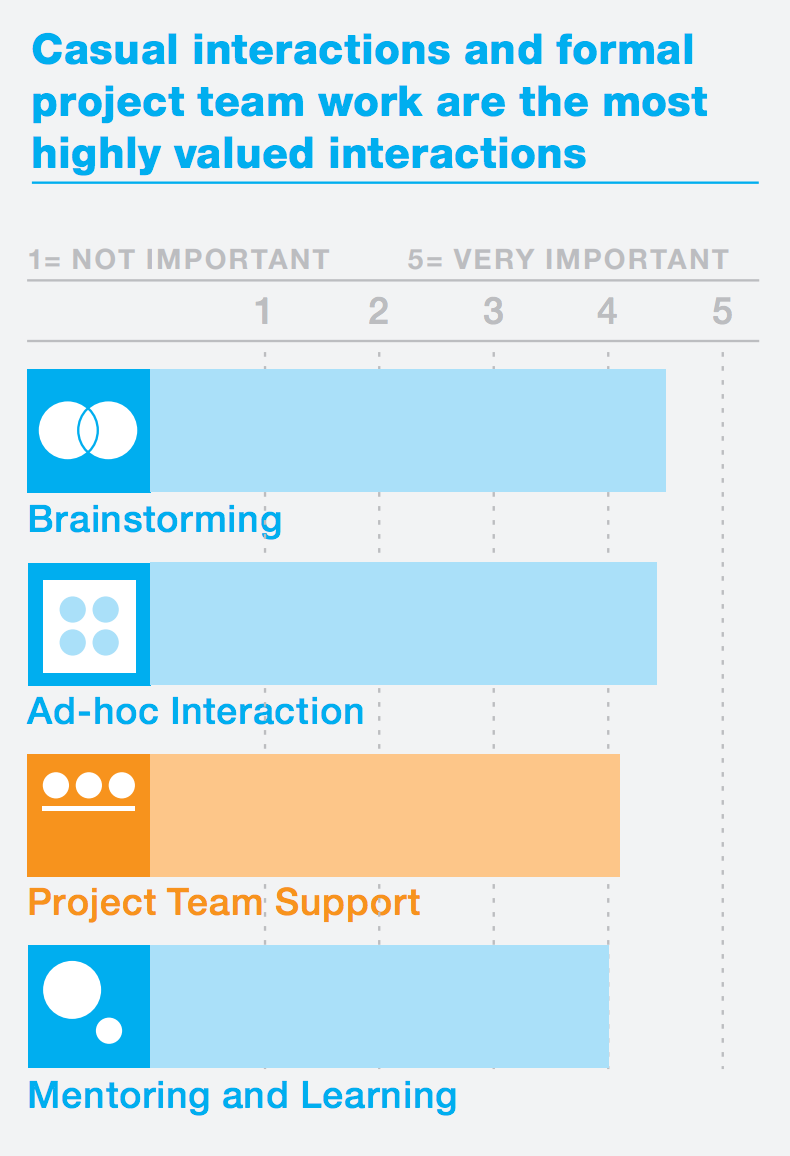
The researchers discovered a wide gap in support between the most valued collaborative activities (brainstorming, ad-hoc interactions) and the ability to participate in those activities. These findings suggest that organizations have a much harder time supporting collaboration where ideas and plans are developed, but do a significantly better job once collaboration moves beyond that point.
The study also showed that businesses that collaborate successfully are moving away from formal meetings towards a greater emphasis on “as needed” collaboration. Creativity is less likely to be the product of a structured 1-hour meeting than it is from an extended brainstorming session in a quiet space. The name of the game is creating spaces that foster authentic conversation and the sharing ideas while remaining efficient work environments.
For Collaborative Spaces to “Work,” They Have To Tick A Few Boxes.
Spaces that encourage the casual nature of collaborating are more likely to create the ad-hoc conversations that lead to genuine creativity. These spaces should organically feel like the organization they are a part of in order to inspire authenticity and build on the energy of the group. Fun elements that bring in an organization’s vibe can be incorporated into the space like brand colors, tackable boards, jumbo sized post-its or even a plush light-blue elephant named Gigi. (She’s our mascot who demands we speak the truth when holding her.)
Successful collaboration spaces should have the tools and technology they need like video conferencing and screen-sharing devices as well as whiteboards for drawing out ideas. This technology shouldn’t be limited to a formal conference room; smaller group spaces should give workers what they need to share ideas and strategies easily.
Beyond that, collaboration spaces are also more than just bundles of gadgets, boards and coffee. They need to be private enough for people to feel they can speak candidly without the fear of being overheard by everyone in the office. When people feel like they can speak their minds, they inevitably bring more value to meetings. What’s said in a collaboration meeting stays in a collaboration meeting.
No Single Answer
Above all know this — there is no “perfect” space, no magic bullet, no unicorn. The answer is not simply a conference room or a smaller meeting space. People collaborate in different ways, so variety is key. Learning about how people work together and asking what spaces they need is a vital component of creating a productive, modern workplace. By asking the right questions, you’ll have a better understanding of the kind of spaces you need for your office really click.

